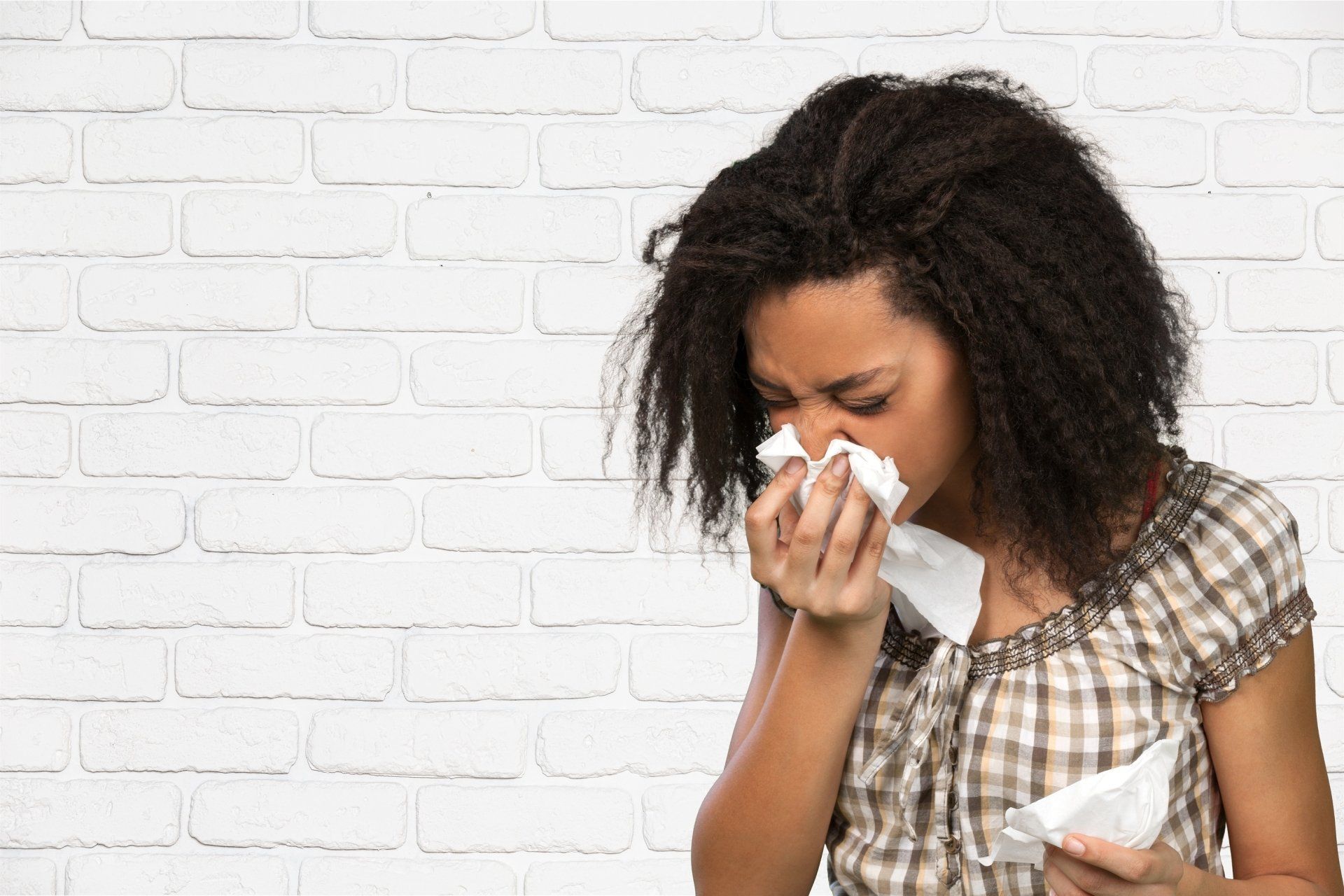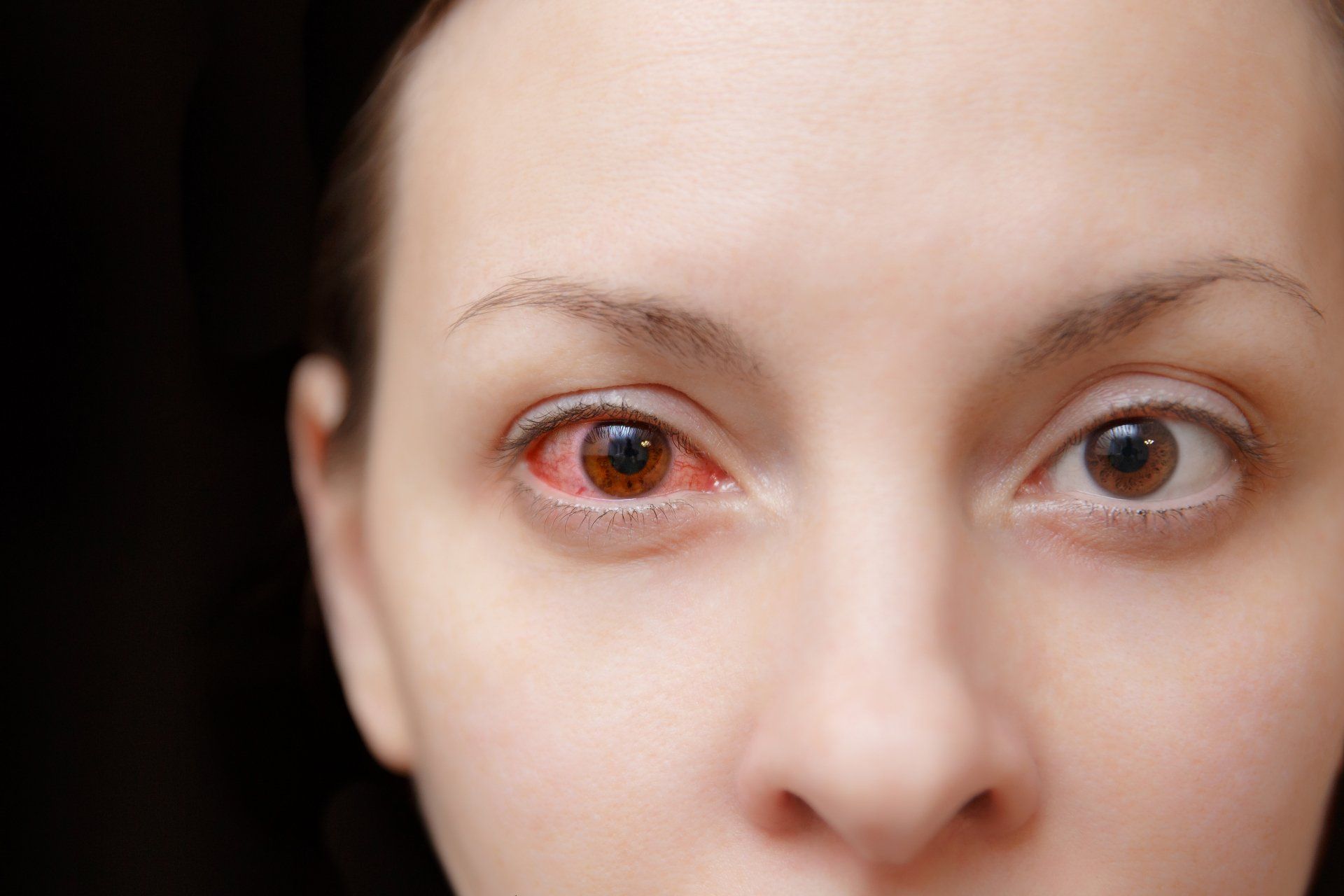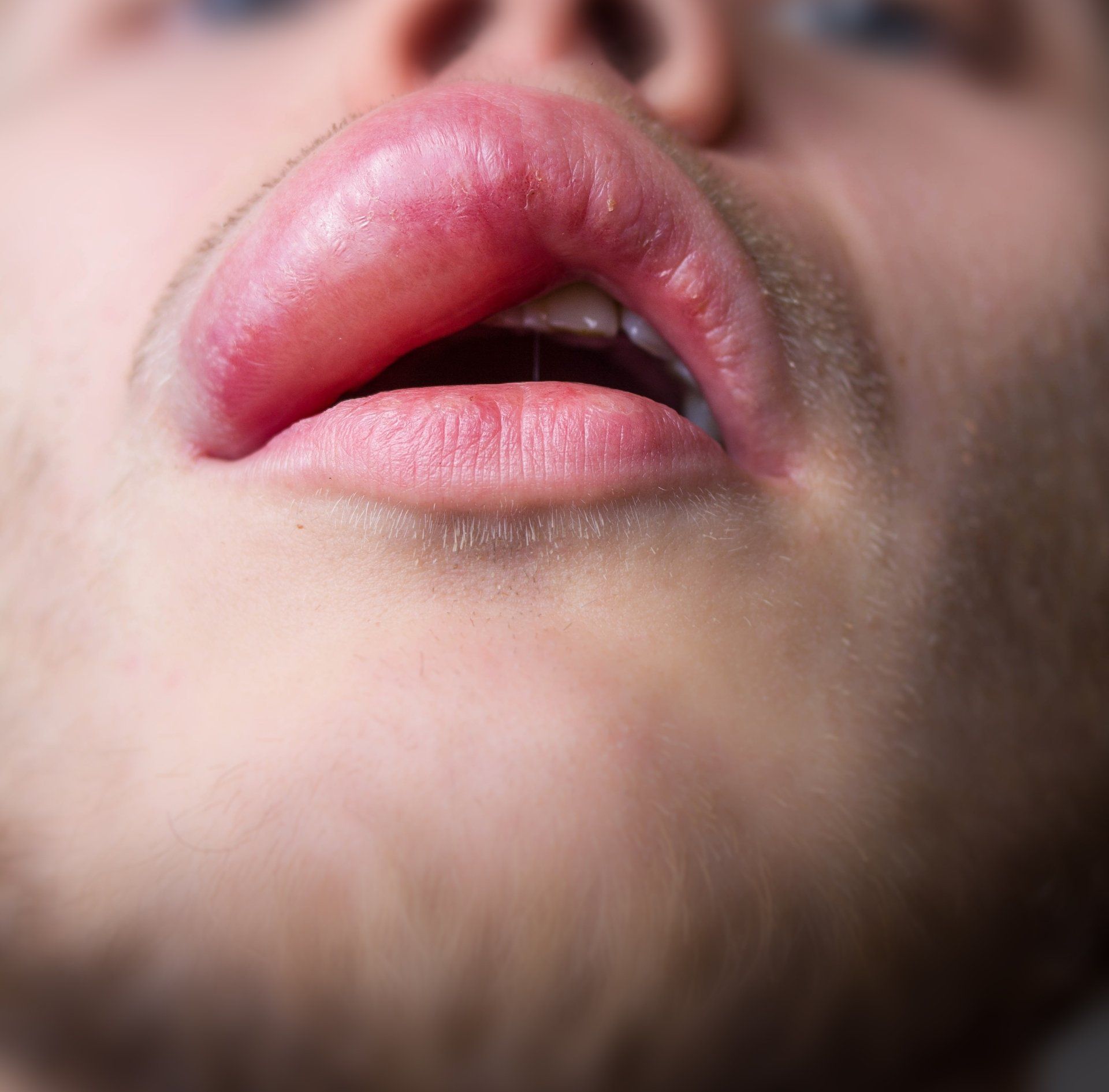Dust Mite Allergy Testing | Allergy First

House dust mites are the most common cause of dust-related allergy. House dust mites are microscopic eight-legged creatures which are part of the arachnid family (relatives of spiders and ticks). They get their name from their habitat – household dust. Human living conditions are favourable to house dust mites because humans provide a source of both humidity and food. House dust mites thrive in warm, moist environments, and feed on the dead skin cells of humans (and their pet...s) found within dust. Exposure to house dust mites is a major source of allergy throughout the world. It is not the presence of the mites themselves which triggers allergy though. The house dust mite allergen is a protein which is contained within mite faecal matter and secretions.
House dust mite allergy is the most commonly encountered dust-related allergy. It is the leading cause of perennial allergic rhinitis (persistent hayfever), and a primary trigger for asthma exacerbation, affecting up to 85% of asthmatics. Contact with house dust mite allergens has also been associated with inflammation of the skin and worsening of atopic dermatitis (eczema).
House dust mites are present all year round and survive in all climates. They are found within most homes and are difficult to eliminate and avoid. House dust mite populations are usually highest within the bedroom – on mattresses, pillows and bed linen. Upholstered furniture, carpet, rugs, curtains and soft toys are other common places house dust mites densely inhabit.
At Allergy First we can help you diagnose and treat your dust mite allergies.






